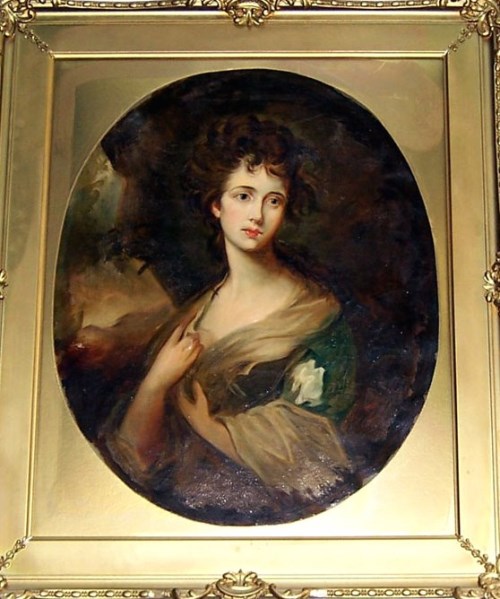Copy: "Shoeing" by Bertram Couldery (1861-1870.)
Original by Sir Edwin Landseer (1844.)
“No copying!”
We have all internalized the idea that copying is downright BAD. However, sometimes (and only sometimes) it can be a very good thing! The Art of Copying is an exhibit that explores the world of copied artwork.
Why copy artwork?
The idea of copying works of art may make some people feel uneasy in this age of copyright
protection. However, this practice has been carried out for centuries.
Copying works of art is common for artists working to improve their skills and to gain a deeper understanding of the craft. Artists such as Manet, Degas and Chagall began as copyists themselves.
Today many galleries including the Louvre and the British National Gallery offer copyist programs. In order to copy works of art in these galleries artists must apply for a permit. The artists are required to:
- work a certain distance away from the original painting,
- use specific
materials and media, - ensure copies are of different dimensions than the original
- and are limited to a certain number of hours they can work in the gallery at one time.
Proper copies are not forgeries.
Who did the copies found in Glanmore?
They were done by Bertram Couldery (1838 – 1911). Bertram specialized in landscape painting, and was an excellent copyist. Bertram and Cecilia Couldery visited Canada from England in the early 1880s. They had a second home in Belleville and were both painters. Glanmore houses a large collection of artifacts from their estate.
Check out these copies from Glanmore's Couldery Collection, and click the links to visit the original artworks online!
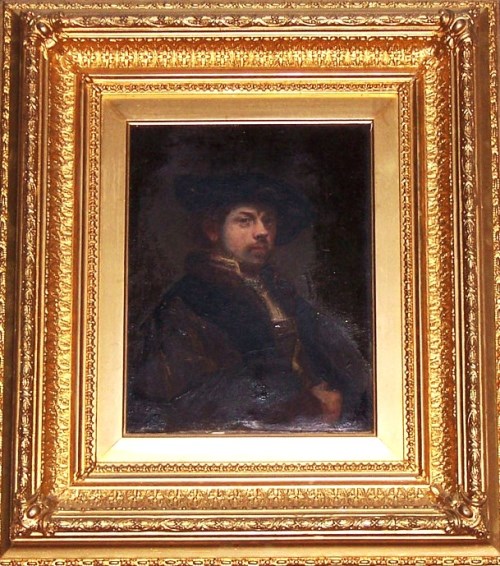
Copy: Self Portrait at the Age of 34
Rembrandt Harmenszoon van Rijn (1606-1669)
Oil on canvas
The original portrait was completed in 1640 and has been in the collection at The National Gallery in London, England since 1861. Rembrandt worked as an art teacher in Europe in the 15th century.
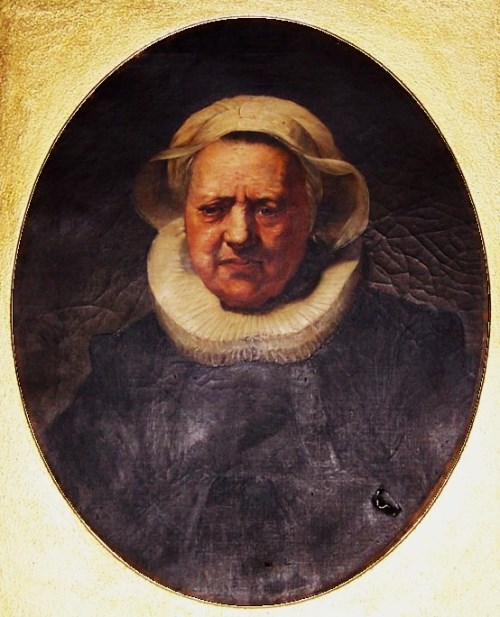
Copy: Portrait of an Old Woman
Rembrandt Harmenszoon van Rijn (1606-1669)
Oil on canvas
The original portrait is of Aechje Claesdr and was painted in 1634. It was privately owned until The National Gallery in London, England purchased it in 1867. Rembrandt is revered for his ability to honestly portray the character of the subject of his portraits.
Copy: Elizabeth and Thomas Linley
Thomas Gainsborough (1727-1788)
Oil on canvas
The original painting depicts this image of Elizabeth Linley beside her brother Thomas, and was completed in 1768. Elizabeth Linley was a well-known singer and performer in England in the 18th Century. Her father Thomas Linley (the elder) was also a well-known singer, musician and composer. The artist Thomas Gainsborough befriended the Linley’s when he moved to Bath, England in 1759 and painted many likenesses of the family. This copy was done by Bertram Couldery in 1860, and the original portrait now resides at The Clark Art Institute in Williamstown, Massachusetts.
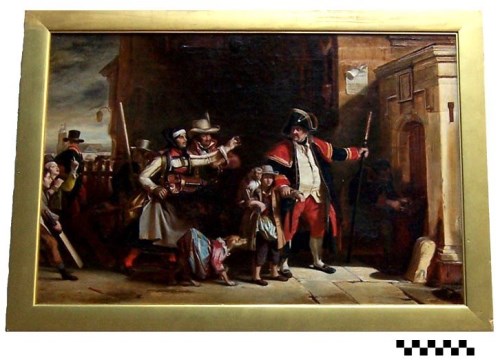
Copy: The Parish Beadle
Sir David Wilkie (1785-1841)
Oil on canvas
The original was painted by Wilkie between 1820-23 and is in the collection at the Tate Britain in London, England. It depicts the arrest of a family of travelling performers and their animals.
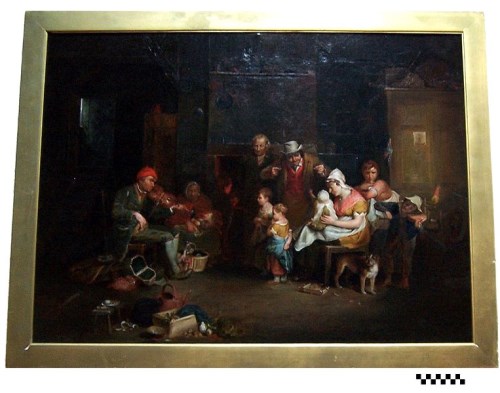
Copy: The Blind Fiddler
Sir David Wilkie (1785-1841)
Oil on canvas
The original was painted by Wilkie in 1806 and is in the collection at the Tate Britain in London, England. The scene depicts a blind fiddler playing for a group of adults.
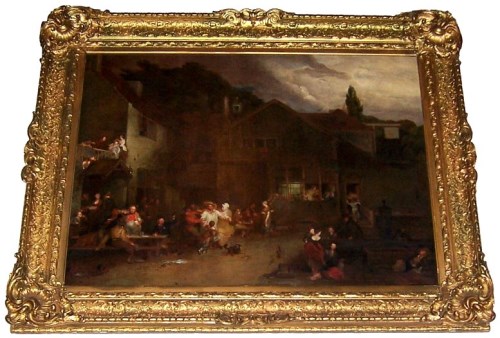
Copy: The Village Holiday
Sir David Wilkie (1785-1841)
Oil on canvas
The original was painted by Wilkie in 1806. The scene depicts a realistic English scene with revelers at tables behind a village tavern. The original is in the collection at the Tate Britain in London, England.
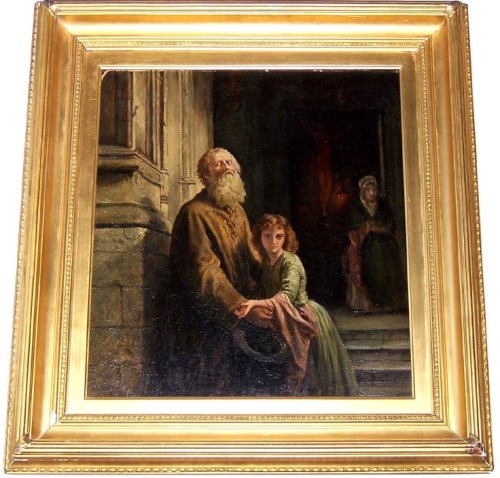
Copy: The Blind Beggar
Josephus L. Dyckmans (1811-1888)
Oil on board
The original painting was completed in 1853 and is in the collection at The National Gallery in London, England. This work was extremely popular for copyists in the 19th Century.
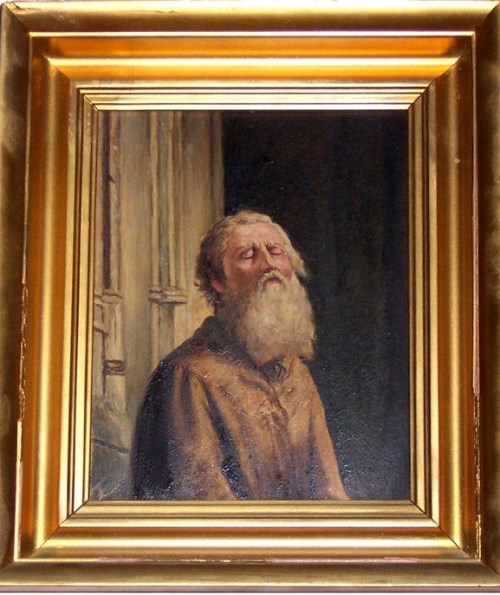
Copy: Study of The Blind Beggar
Josephus L. Dyckmans (1811-1888)
Oil on board
This is a study of the original painting completed in 1853. A copy of the full painting is also in Glanmore's Couldery Collection as seen above. Studies help artists master techniques and minute details. The original painting is in the collection at The National Gallery in London, England. This painting was extremely popular for copyists in the 19th Century.
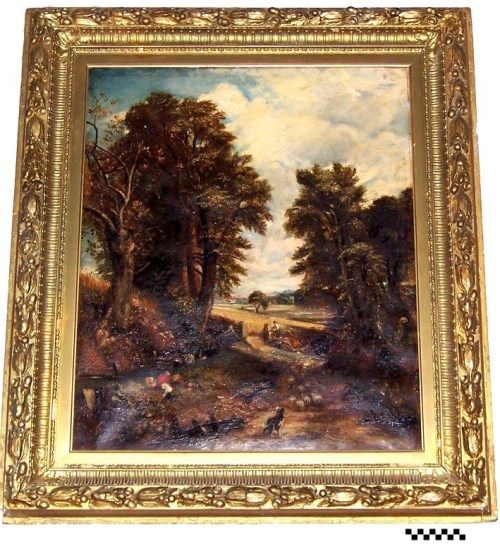
Copy: The Cornfield
John Constable (1776-1837)
Oil on canvas
The original was painted by Constable in 1826 and exhibited at the Royal Academy in London, England that same year. It is in the collection at the National Gallery in London. It is often referred to as “The Drinking Boy” as it depicts a boy leaning over to drink from a stream in the foreground.
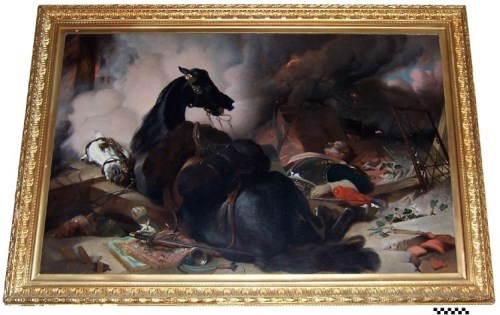
Copy: Time of War
Sir Edwin Landseer (1802-1873)
Oil on canvas
The original painting was exhibited with Time of Peace at the Royal Academy in London, England in 1846. It was destroyed in a flood in 1928. Landseer studied at the Royal Academy Schools and had his first work exhibited at age 13.
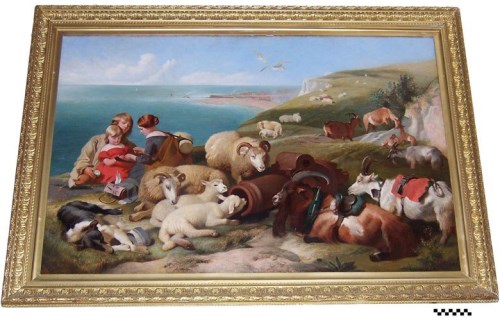
Copy: Time of Peace
Sir Edwin Landseer (1802-1873)
Oil on canvas
This painting was exhibited at the Royal Academy in London, England in 1846. It was paired with Time of War. The original painting was destroyed in a flood in 1928.
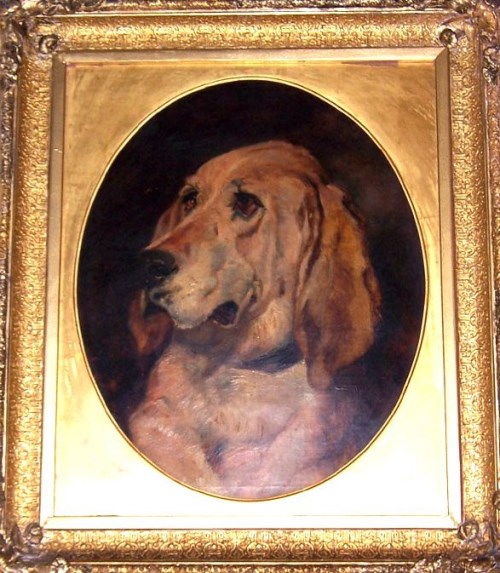
Copy: Study of Dignity and Impudence
Sir Edwin Landseer (1802-1873)
Oil on canvas
This copy is a study of the bloodhound pictured in the original painting completed in 1839. The original is in the collection at the Tate Britain in London, England.
Do you own any copied artwork? If so let us know on our social media platforms or at glanmoreinfo@belleville.ca, we would love to hear your story!


